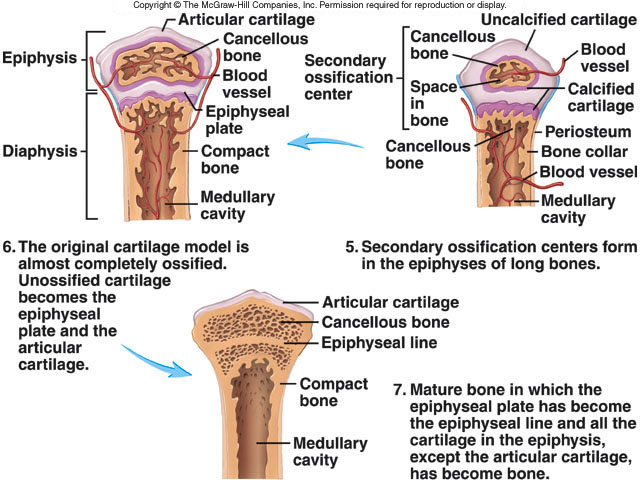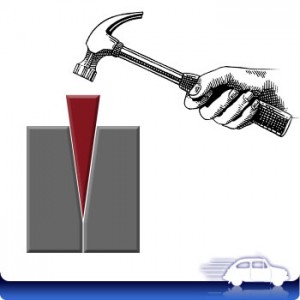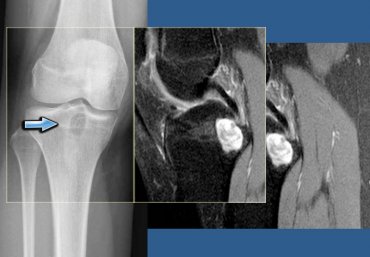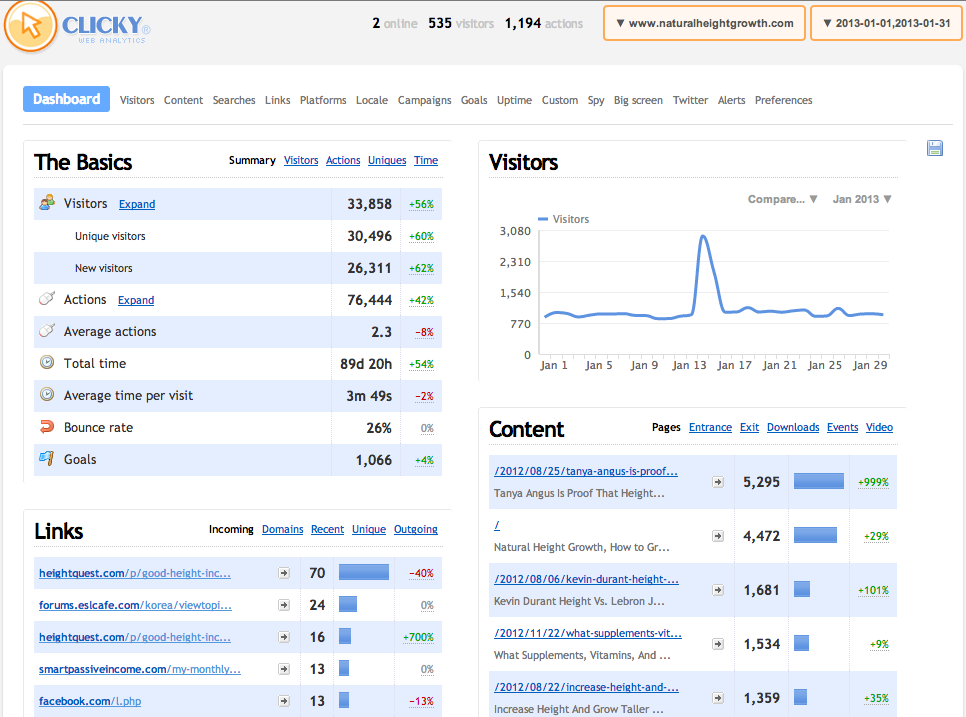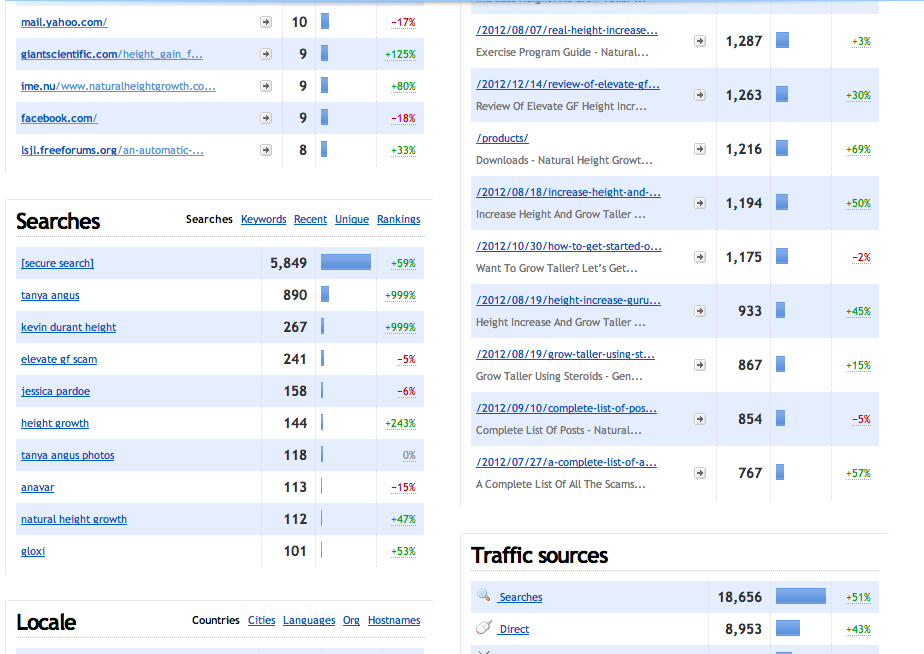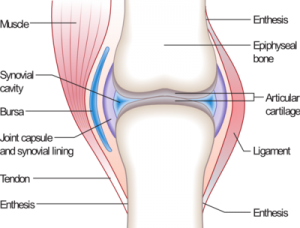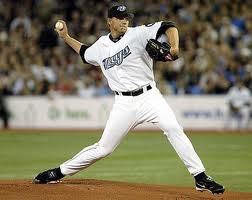 I think I need to resolve another common quoted fact or anecdote that so many other people who sell height increase products like to talk about. It has to do with the idea that you can see that baseball pitchers and other athletes who use their arm so much and stretch their arm through constant throwing develop longer arms and also longer fingers.
I think I need to resolve another common quoted fact or anecdote that so many other people who sell height increase products like to talk about. It has to do with the idea that you can see that baseball pitchers and other athletes who use their arm so much and stretch their arm through constant throwing develop longer arms and also longer fingers.
The argument obviously is that if you can find that adult baseball pitchers do have longer arms than their non-dominant, non pitching arm, then you can possibly increase your height through exercise and routine tensile bone stretching for lengthening as well.
Well today I am going to try to see whether the idea that is so commonly quoted is true or not. I would like to cite three studies I have found recently.
1. Analysis of the pitching arm of the professional baseball pitcher. – Author: King J, Brelsford HJ, Tullos HS. (other source)
2. Humeral hypertrophy in response to exercise – Author: HH Jones, JD Priest, WC Hayes, CC Tichenor and DA Nagel
3. Stimulation of Bone Growth Through Sports, A Radiologic Investigation of the Upper Extremities in Professional Tennis Players – Author: Hartmut Krahl, et. al.
Analysis & Interpretation:
The first study had no abstract and it would have cost money to get the study so I opted not to buy the study but went to another study.
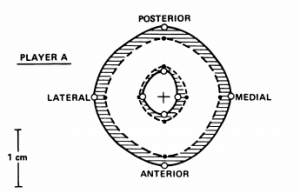 For the 2nd study, we find that the study was on tennis players, not baseball pitchers. The study was done on both tennis players males and females. The men were on average 27 years old and the females were 24 years old. The average number of years the men have been playing was 18 years while the females were 14 years. The study was only on the humerus, not the ulna or the metacarpals. Roentgenograms were used to study the bone changes. The results showed that the humerus of the tennis players all showed hypertrophy, but the increase in size was in width. The thickness of the upper arm bone increased and the intermedullary bone cavity shrunk from the cortical bone increasing in thickness inward. For all 4 parameters used in analysis and recording, the posterior side, anterior side, the medial side, and the lateral side, which basically means that all 4 sides of the cardinal directions were measured.
For the 2nd study, we find that the study was on tennis players, not baseball pitchers. The study was done on both tennis players males and females. The men were on average 27 years old and the females were 24 years old. The average number of years the men have been playing was 18 years while the females were 14 years. The study was only on the humerus, not the ulna or the metacarpals. Roentgenograms were used to study the bone changes. The results showed that the humerus of the tennis players all showed hypertrophy, but the increase in size was in width. The thickness of the upper arm bone increased and the intermedullary bone cavity shrunk from the cortical bone increasing in thickness inward. For all 4 parameters used in analysis and recording, the posterior side, anterior side, the medial side, and the lateral side, which basically means that all 4 sides of the cardinal directions were measured.
What is nice is that the 2nd study did cite the first study I have listed and showed the King and associates found that the humerus of the baseball pitchers of the dominant arm were thicker than the arm that was not primarily used for pitching. Others things the 2nd study reveals is that other researcher found that the bone density in athletes for their distal femoral ends was higher than average people .Antoher group of researchers would find that the bone density in cross country runners was also higher with more trabecular bone. The researchers in the 2nd study would conclude by stating that exercise does induce bone hypertrophy.
As for the 3rd study, I post the abstract below…
Abstract
This contribution addresses the following questions: Does unilateral sports-specific strain affect the skeletal system of the athlete? Specifically, can any differences be found in longitudinal growth of the bones of the fore arm and hand in professional tennis players between the stroke arm and the contralateral arm? An investi gation was conducted involving 20 high-ranking profes sional tennis players (12 male and eight female players) between 13 and 26 years of age as well as 12 controls of the same age range. The radiologic examinations of the bones of the forearm and hand yielded an increase in density of bone substance and bone diameter as well as length in the stroke arm as compared with the contralateral arm. Whereas the first results confirm previous findings, the stimulation of longitudinal growth has never been reported. This change in bone structure and size can be attributed to two factors: mechanical stimulation and hyperemia of the constantly strained extremity. It may thus be regarded as a biopositive adaptation process.
Me: What we are finding is that the researchers are now looking at the longitudinal/length difference in the athletes, this time being tennis players. Full article is not available without me paying for it so I was not able to find the full study details. The key thing I can reveal from the study is that in the abstract, the sentence…”The radiologic examinations of the bones of the forearm and hand yielded an increase in density of bone substance and bone diameter as well as length in the stroke arm as compared with the contralateral arm.”
It does seem that at least from this 3rd study, the researchers have found that the forearm of the stroking arm to be longer than the contralateral arm.
This shows that the results indicate that there is indeed a bone density and bone thickness increase, but only again anecdotal evidence that the arm with more exercise and loading inducement would cause hypertrophy. So I would try to find 3 more studies to see what the evidence is…
1. Dimensions and estimated mechanical characteristics of the humerus after long-term tennis loading. – Author: Haapasalo H, Sievanen H, Kannus P, Heinonen A, Oja P, Vuori I
2. Effect of long-term impact-loading on mass, size, and estimated strength of humerus and radius of female racquet-sports players: a peripheral quantitative computed tomography study between young and old starters and controls. – Author: Kontulainen S, Sievänen H, Kannus P, Pasanen M, Vuori I.
3. Exercise-induced bone gain is due to enlargement in bone size without a change in volumetric bone density: a peripheral quantitative computed tomography study of the upper arms of male tennis players. – Author: Haapasalo H, Kontulainen S, Sievänen H, Kannus P, Järvinen M, Vuori I.
Analysis & Interpretation:
From the first study, the researchers did indeed take into account the length of the humerus into measurement. What they did find was that there was indeed a small, but still noticeable increase in player’s humerus length. Quoted…”The playing-to-nonplaying or dominant-to-nondominant arm differences in humeral length ranged from +0.2 to +1.4%, the difference being significant in young male players (+1.4%), young female controls (+1.1%), and older female players (+0.7%). When comparing players’ relative side-to-side length differences with those of the controls, no significant differences were found.” They conclude with ” In conclusion, long-term intensive tennis playing, especially if started in childhood or adolescence, clearly increases thehumeral BMC, BMD, and CWT but seems to have only a minor effect on the width of this particular bone.” and “In older players, the relative side-to-side differences are at the same level or only slightly larger than those in their age-matched controls. This suggests that even intense physical loading of a mature bone is only marginally better in increasing the bone mass, bone density, and CWT of the target bone than the normal daily use of the dominant extremity.”
This shows with some real evidence that at least for young males that probably still had their growth plates, intense playing of tennis might have caused a slight increase in bone length. Even in older females, there was still a little bit of humeral difference between the playing arm and the control, but only at around 0.7%.
For the 2nd study, the measure variables for also young female tennis players on their humerus are
- Bone mineral content (BMC)
- Total cross-sectional area (TotA) of bone
- Cross-sectional area of the marrow cavity (CavA) and that of the cortical bone (CoA)
- Cortical wall thickness (CWT)
- Volumetric density of the cortical bone (CoD) and trabecular bone (TrD),
- Torsional bone strength index (BSIt) for the shaft,
- Compressional bone strength index (BSIc) for the bone end
The length of the bone was never analyzed but the thickness of the cortical bone was again noticed. The explanation was that “the structural adaptation of the humeral shaft to long-term loading seemed to be achieved through periosteal enlargement of the bone cortex“.
For the 3rd study, the researchers again found that the cortical wall increase in thickness for the males but that the overall bone density didn’t seem to increasem much. The volume of the bone did increase but the increase was in width from the inside where the inter-medullary wall cavity decreased
Conclusion:
It would seem that from the 6 studies I have looked at, 2 of the only studies which did look at humerus length did not a small different between the dominantly used arm and the non-dominant arm. Of course both of the studies were done on young developing tennis players, not baseball pitchers.
I would be more willing to guess that the throwing arm of the baseball pitcher may be longer but the most likely reason is that the longer arm could be from the shoulder joint or elbow joint being progressively moved and subjected to pulls. What I have found is that the baseball pitcher has a very high level of suffering elbow injuries.
What is absolutely clear is that the only way to even have a change to see a length difference between the two arms is for the athletes to start very early in life and age in the sport to have any chance of body modification. This is assuming and guessing that any arm length differences is from the use of the arm with the growth plate cartilage still in there. There is a small chance that frequent intense throwing of the base might indeed exert some effect on the thickness of the growth plates in the arms when the male athletes is still developing
What other height increase researchers like Sky tried to do would not have worked with their knee lunges and kicking because they were probably too old and had no cartilage for them to stretch out.

